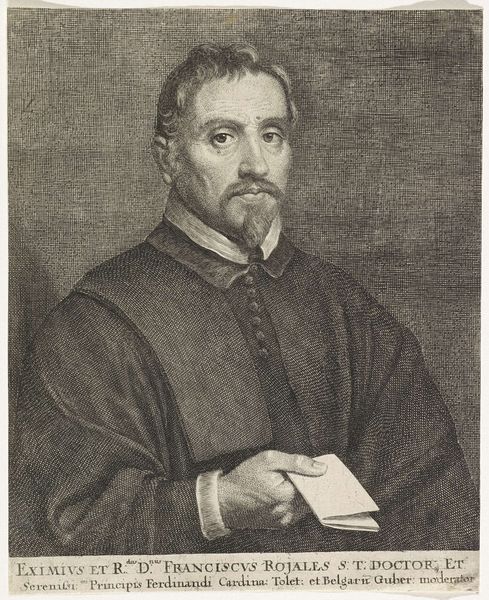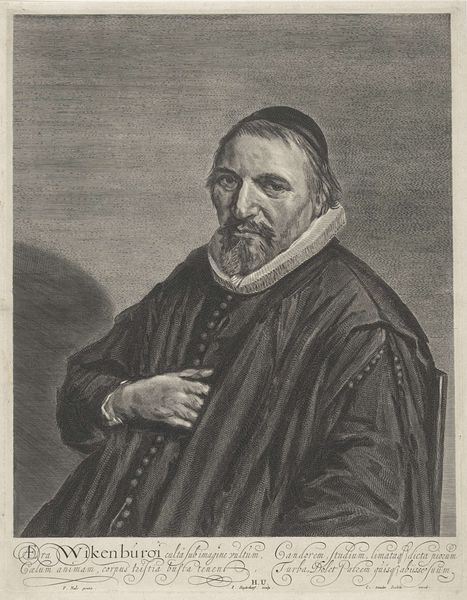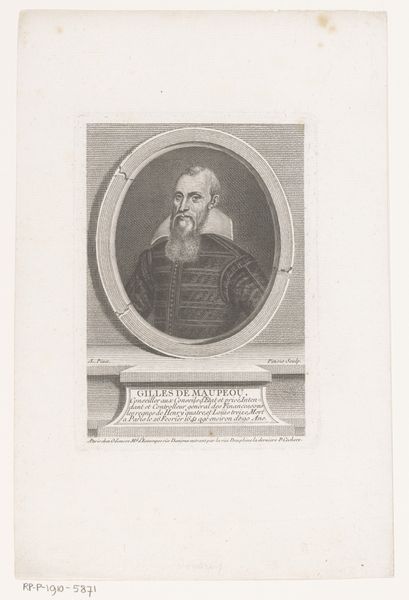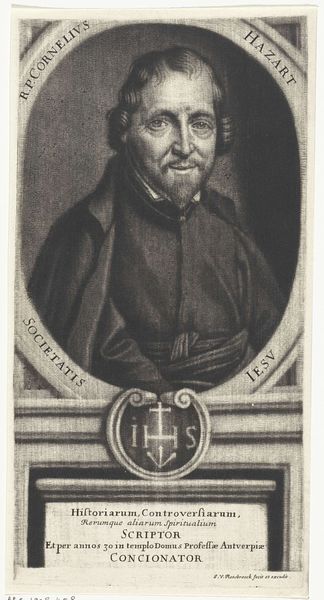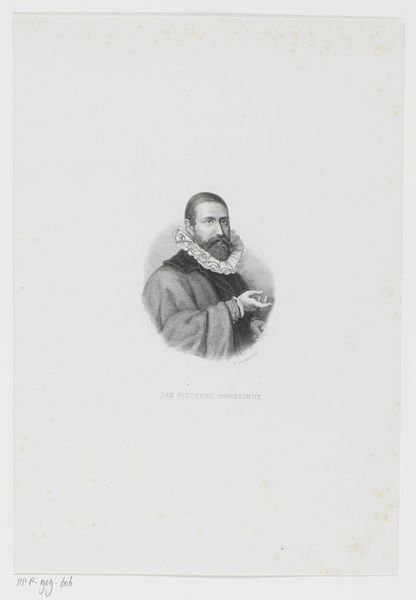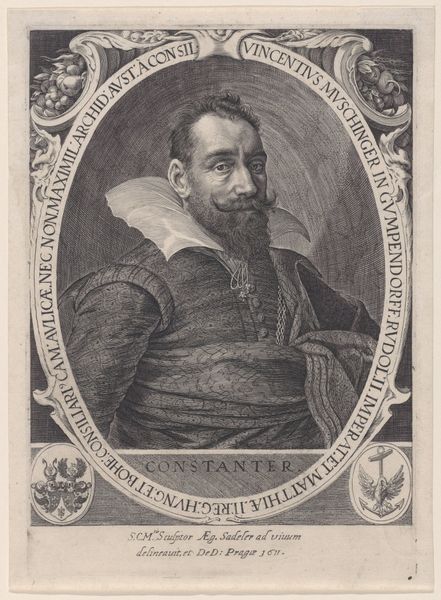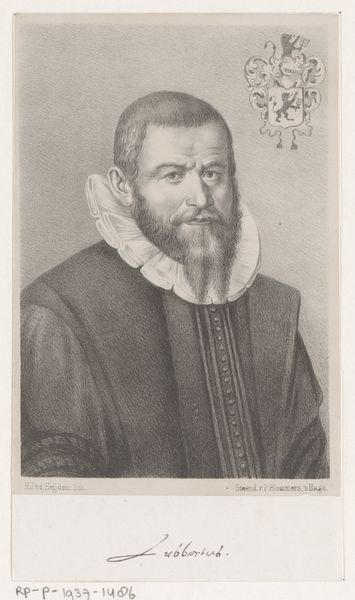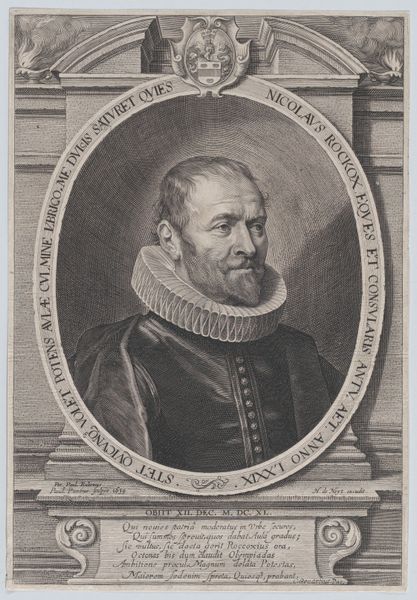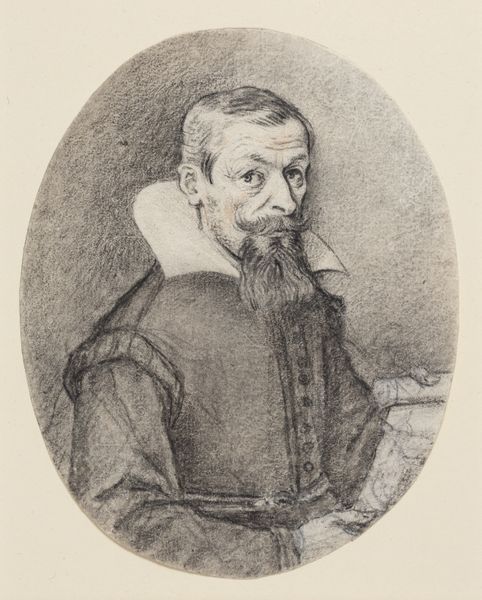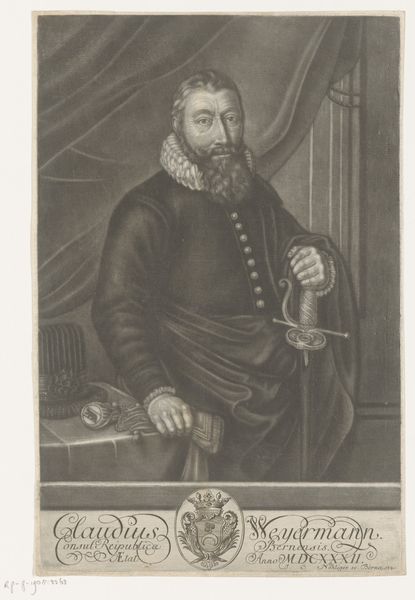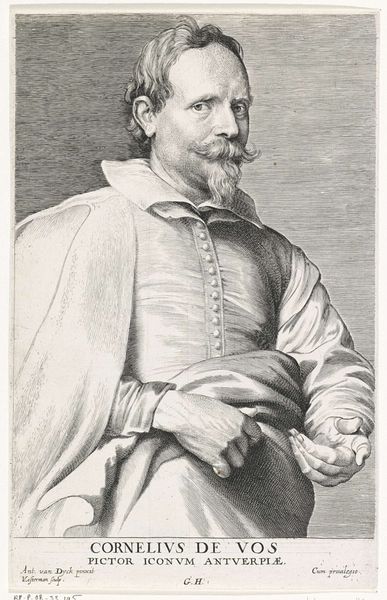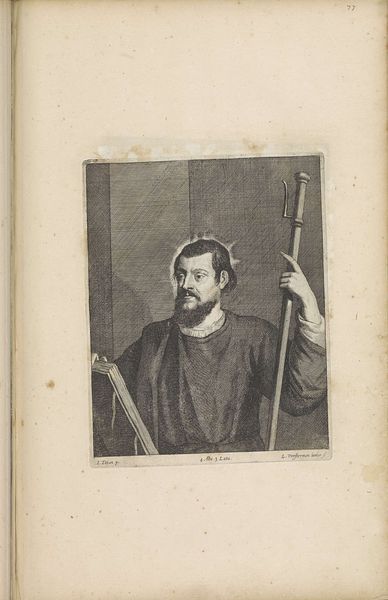
print, engraving
#
portrait
# print
#
old engraving style
#
portrait reference
#
romanticism
#
limited contrast and shading
#
history-painting
#
engraving
Dimensions: height 140 mm, width 72 mm
Copyright: Rijks Museum: Open Domain
Friedrich Wilhelm Meyer created this portrait of Martin Luther sometime in the 19th century using the technique of engraving. This process involves using a tool called a burin to carve lines directly into a metal plate, which is then inked and printed, transferring the image onto paper. The choice of engraving is significant. In Meyer’s time, it was a popular method for reproducing images, allowing for wider distribution. This speaks to the democratization of art and information, aligning with Luther's own efforts to make religious texts accessible to all. The fine lines and tonal gradations achieved through engraving give the portrait a detailed, almost photographic quality, fitting for a historical figure of Luther’s importance. Consider the labor involved. Each line meticulously etched by hand, demanding skill and time. This laborious process contrasts with the emerging industrial printing methods of the era, highlighting a tension between craft and mass production. By choosing engraving, Meyer connects to a tradition of meticulous handwork, imbuing the portrait with a sense of historical weight and artistic integrity.
Comments
No comments
Be the first to comment and join the conversation on the ultimate creative platform.
